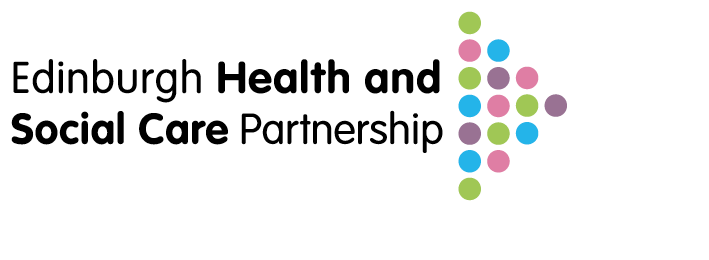Health All Round
Community Development by Zoom
We’ve come to that part of the year when we start thinking about our EIJB reports. Have we done enough evaluation? Will what we’ve gathered mean anything to those that read it? Will our funders truly understand the impact of our day to day work? Are 45 happy face ticks saying, I feel more connected to my community really doing our hard working staff and volunteers justice? And this year – does anyone feel more connected to their community? Has anyone been feeling less isolated? If you’d asked me last year how I felt about our evaluation for 2020 – 21 I would have given you a pessimistic response.
It’s been a very tough year for many people. We have all been working hard to get people through the darkest times, helping them to keep safe and well, food in the cupboards, money in the meter – heads above water. It’s been hard for us too sometimes, as workers, to keep positive about what we were offering. Everyone agreed – Zoom and telephone were a poor substitute for the real stuff – actual human contact. How can you do community development by phone and Zoom? Last year I might have said you can’t – and I would have been wrong.
Looking at the evaluation data my staff and volunteers are sending me now I am amazed at their achievements and the achievements of the people who joined their groups. Before and after scores for DASS and CORE 10 are just as impressive, in some cases even better than ever. Our numbers aren’t so high, it took us a while to persuade people to give Zoom a chance, but for those that did engage there was a clear benefit. Of course it’s not scientific, we can never be sure it’s our intervention that made the difference – but feedback has been overwhelmingly positive – and we like to trust people. If they say it’s us that helped we are happy to accept it!
We replaced our usual groups with Zoom presentations combined with follow up 121 support by phone. We learned that, for some groups, like Managing Depression and Low Mood it was best to keep the chat to the chat box, it was less challenging for people who were only just keeping it together to get up and dressed and sit in front of their computer, people who ‘would have cracked if I’d been asked to speak.’
We found, to our delight and surprise that people did chat, whether it was talking out loud, or using the chat box. People were eager to connect, and after one or two sessions, it was just as if we were back in Tynecastle community Wing running an actual real life class. People shared their stories and concerns and feelings and at the end of their courses they wanted to talk more, they arranged to meet one another for walks, set up their own peer support groups, some people even got together to tackle their weekly targets for graded exposure.
I’m not proposing that we should abandon ‘live’ work. Personally, I can’t wait to get back to the Community Wing and actually meet the people who have come to us for help. But I’m a lot less apprehensive about another lock down than I was last Summer, because now I know you absolutely can do community development by Zoom.
And so to the next challenge – Digital exclusion – how do we get all those people that don’t do Zoom in to the loop? All ideas and suggestions welcome!
Written by Catriona Windle



